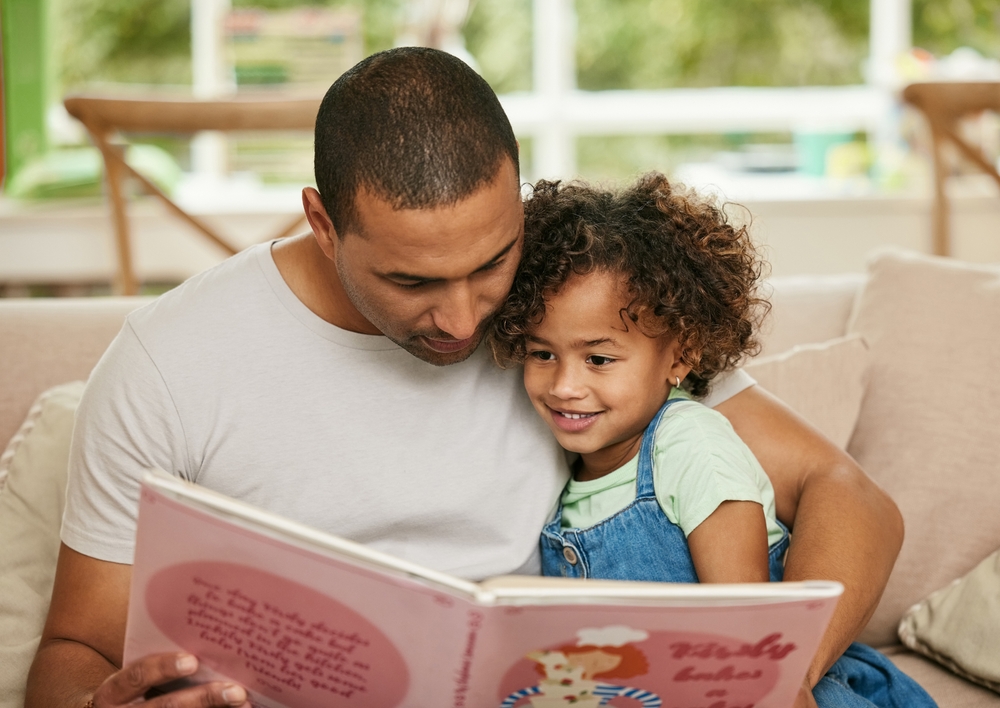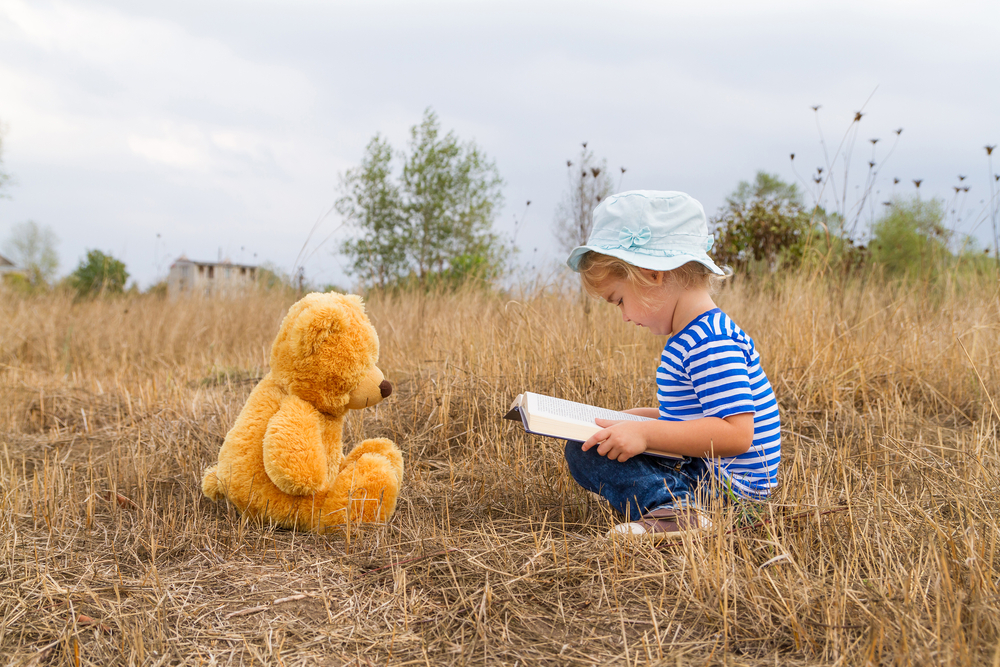Encouraging Emotional Literacy Through Storytelling – let’s take a look.
It is vital for children to be able to understand and freely express their emotions, so that they can learn why they feel a certain way and how they can help feel better when angry or sad. It is one of the most meaningful gifts you can give to your child as a parent, caregiver, or even educator. Emotional literacy is an essential skill to learn because it is the ability to recognize, name, and manage your feelings. This foundational skill impacts everything for your child, from creating healthy friendships to their mental health. There are so many ways you can help your kid understand their emotions and manage them, but a trusted and fun way that works is through the power of storytelling.
Stories are very powerful because they’re more than just a story and a bit of entertainment. They are packed full of emotions, where children can see their own emotions reflected through characters. They see their own fears, joys, and questions in the plot. Stories provide a safe space for kids to explore emotions that they might not yet have the words for, no matter if it’s a fairytale or a silly story that is shared at bedtime.
When you read stories with your child, either by reading together or letting them create their own tales, you can open the door to deeper, more meaningful conversations and emotional connection.

Encouraging Emotional Literacy Through Storytelling
Why Stories Speak to the Heart
From a young age, children are drawn to stories, and they enjoy getting lost in a tale. This is partly because a story is fun and exciting, but it also helps them to make sense of the world around them. As well as this, the most important thing about a story is that they can also help children make sense of themselves and gain an understanding of who they are. If they see a character who feels left out, scared, excited, or proud, they can connect it to their own feelings. It holds a mirror up to their own emotional experience and can help them understand why they feel certain emotions. When your kid hears about a bear who feels nervous on their first day of school or a dragon who gets angry and learns to calm down, they will internalize those emotional lessons and start to understand how they apply to them. Understanding this through a story is a natural and non-threatening way, with no pressure, for them to learn about emotions.
Unlike lectures or direct instruction, stories don’t tell children what to feel or how to behave. Instead, they encourage empathy. They allow space for a child to imagine, reflect, and make connections. This is essential to developing self-awareness and social understanding.
Creating a Safe Space for Conversations
When stories are shared between you and your child, they also become a gateway for deeper emotional conversations. They can help you to naturally lead into a meaningful conversation about emotions to reinforce what they have learnt and help your child to understand it further. Once you have finished reading or telling a story, you could ask questions like “How do you think the character felt?” or “What would you do in that situation?”. This opens up a valuable conversation where your little one can learn more about emotions and relate them to themselves and what they feel. Your child will more likely respond more openly to these types of discussions than they would if you just asked them direct questions about their own feelings.
It’s not just about identifying emotions, either. Storytelling can teach children about the complexity of emotions. They can begin to learn the difference between feeling disappointed and feeling angry, or between being nervous and being excited. Over time, this emotional vocabulary becomes a powerful tool that helps them control their responses, advocate for themselves, and build healthy relationships.

Storytelling Beyond Books
Yes, books are an obvious and valuable resource for your child to learn emotions through storytelling. However, storytelling isn’t only restricted to books and printed pages. Stories can be all around us, and many emotionally impactful tales can be told through everyday moments. Something as simple as sharing a memory from your own childhood with your child, making up a character during playtime, or coming up with a bedtime story on the spot together all contribute to creating an emotional learning environment. So, you don’t always have to help their emotional literacy through text and books. This is especially useful for little ones who struggle with reading or can get easily distracted when being told a story. It allows them to hear the emotional message and empathise with it.
Stories told through letters or personal notes can be especially powerful for children, as they feel both magical and personal. For example, receiving a personalised letter from Santa can be more than just festive fun. It can also gently reinforce themes of kindness, empathy, and reflection in a format that feels deeply meaningful and emotionally relatable.
Supporting Emotional Growth Through Repetition and Routine
A lot of the time, a child will enjoy and thrive on repetition. They typically love returning to their favorite stories over and over again, and, even though this can feel like they won’t learn as much every time they read it, they can actually get more out of the 4th or 5th time of reading the same story than the first! Reading their favorite stories over and over allows them to uncover new layers of emotional meaning as they grow, learning more about emotions and themselves each time. A story that once was silly to them can actually become more relatable and important when your child gains more life experience. This is why it is essential to create a routine that involves storytelling, such as nightly bedtime stories or weekly read out loud sessions. These can help them to learn and understand more about emotions and provide them with security, bonding, and emotional regulation.
Consistent storytelling routines help create a routine that calms the nervous system. For children who struggle with big emotions, hearing a familiar story in a familiar voice can be grounding. Over time, these routines contribute to a child’s emotional skills, offering comfort and resilience in moments of uncertainty.
Storytelling is not just a pastime; it’s an emotional bridge. It connects children to themselves, to others, and to the world around them. By weaving stories into daily life, you can help your child build the language and awareness they need to navigate the ups and downs of being human. In the process, you can also deepen your connection with them, building trust, understanding, and emotional intimacy.